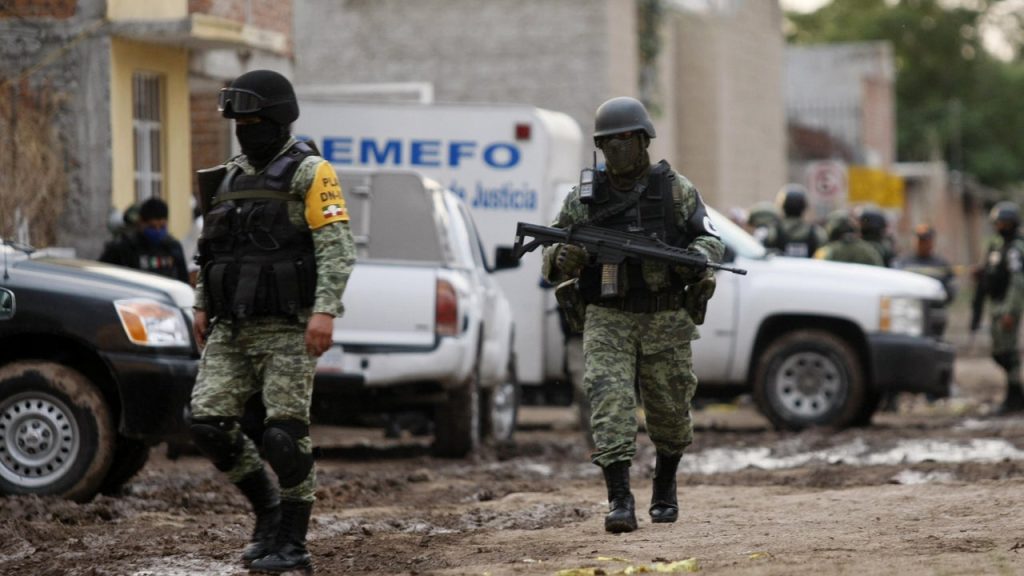Authorities in Mexico have uncovered a mass grave containing 17 bodies in an abandoned house in Irapuato, Guanajuato, a central Mexican state gripped by an unrelenting wave of cartel violence.
The discovery, announced by the state prosecutor’s office on Monday, marks one of the most chilling finds in recent months in a region overwhelmed by gang warfare.
The bodies were located using ground-penetrating radar and cadaver dogs during a targeted search last week. Prosecutors also recovered a cache of tools from the site, including machetes, knives, pickaxes, and shovels, suggesting the house had been used as an execution or burial site.
Five of the victims, four men and one woman, have been identified as individuals previously reported missing. “Their families are being informed,” said Jorge Jimenez, a Guanajuato state official.
This discovery comes just days after a brutal shooting in the same region left seven people, including children, dead. Authorities believe the violence is part of an ongoing conflict between the Santa Rosa de Lima gang and the Jalisco New Generation Cartel (CJNG), one of Mexico’s most powerful and feared criminal organisations.
Despite its thriving manufacturing sector and popular tourist destinations, Guanajuato is Mexico’s deadliest state. Last year, it recorded 3,151 homicides, over 10% of the nation’s total killings, according to government data.
The region’s violence has become so pervasive that local civil society groups, formed by families of the disappeared, have taken up the grim task of searching for remains in cartel-controlled areas, often at great personal risk and with little government support.
Since the Mexican government launched a militarized anti-drug operation in 2006, more than 480,000 violent deaths have been recorded nationwide. In Guanajuato, the situation continues to deteriorate.
Earlier this month, gunmen opened fire in a Guanajuato neighborhood, killing seven people, including children. Authorities found cartel-style banners at the scene referencing the Santa Rosa de Lima gang. In February, eight people were gunned down in broad daylight; in January, a shootout between law enforcement and gunmen left ten suspects dead and three police officers wounded.
In December, a roadside stand was attacked, killing eight. Just weeks before that, twelve mutilated police officers were found scattered across the region, each body bearing torture marks and accompanied by threatening cartel messages.
The escalating violence has raised concerns about state capacity, cartel impunity, and the safety of everyday citizens. With mass graves surfacing and gunmen attacking residential centers and public spaces, Guanajuato has become emblematic of Mexico’s broader struggle against organized crime and systemic impunity.
As the families of victims await justice, the grim discoveries in Irapuato serve as a stark reminder of the deep human cost of Mexico’s ongoing cartel wars, a crisis with no clear end in sight.



